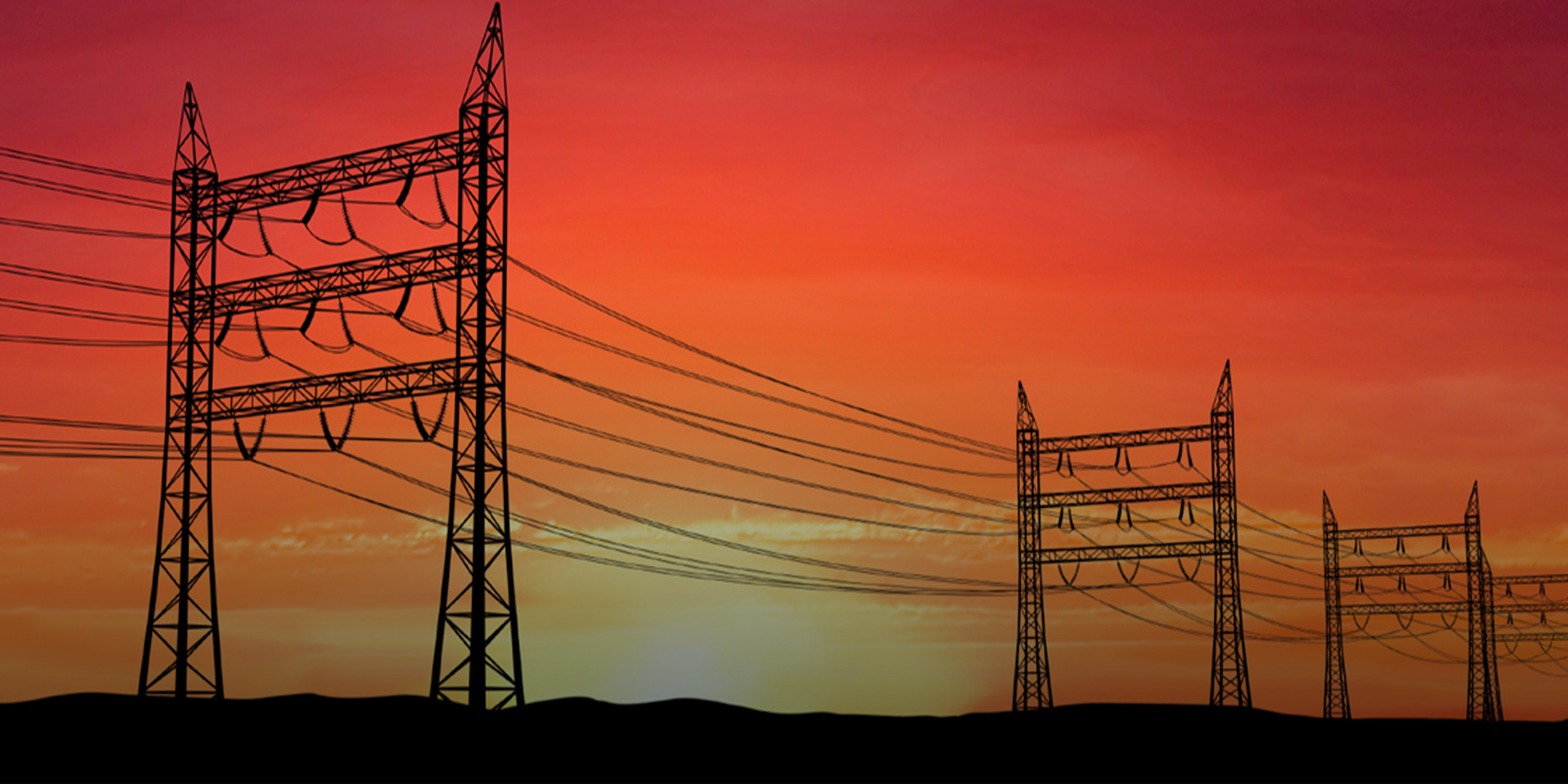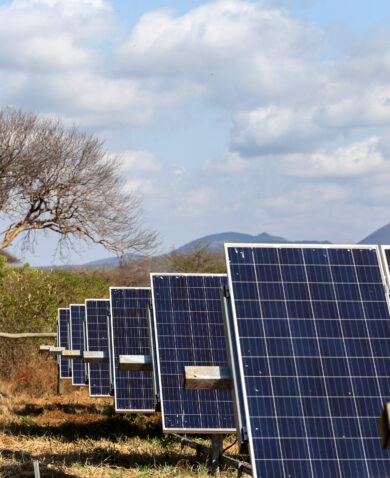
Decarbonizing Power Sectors in Emerging Markets Begins with Better Energy Governance
June 16, 2021 | 5 Minute ReadReducing greenhouse gas emissions from electricity production in rapidly growing economies in Asia will depend on changes in the way the region’s power sectors are overseen and regulated.
![]() The experts say it’s possible. We can limit the warming of our planet to 1.5 C if we achieve net-zero carbon emissions by 2050. That’s encouraging until you consider that Asia alone now accounts for 55 percent of global greenhouse gas emissions, and that share is growing. The power sector plays a major role in the climate challenge. For example, electricity generation and heating account for about 30 percent of global CO2 emissions. Technological advances in the energy sector have taken root in many parts of the world; however, the extent to which countries like China and India embrace this evolution will influence how quickly we can bend the emissions curve downward. Right now, that’s not happening quickly enough. The culprit: poor energy governance.
The experts say it’s possible. We can limit the warming of our planet to 1.5 C if we achieve net-zero carbon emissions by 2050. That’s encouraging until you consider that Asia alone now accounts for 55 percent of global greenhouse gas emissions, and that share is growing. The power sector plays a major role in the climate challenge. For example, electricity generation and heating account for about 30 percent of global CO2 emissions. Technological advances in the energy sector have taken root in many parts of the world; however, the extent to which countries like China and India embrace this evolution will influence how quickly we can bend the emissions curve downward. Right now, that’s not happening quickly enough. The culprit: poor energy governance.
What We Need to Reduce Power Sector Greenhouse Gas Emissions
How do we reduce greenhouse gas emissions from the energy sector? It will take nothing short of a wholesale transformation of how we all use and produce energy. We’ll need to implement policies to accelerate the pace of investment in the clean energy technologies that are already commercially viable; invest more in the new clean technologies that will deepen decarbonization; and implement policies to put the electric sector at the core of the energy sector, beginning with the electrification of transportation. And, of course, people will need to change the way they consume energy. The International Energy Agency offers a blueprint for accomplishing this transformation based on an acceleration of recent trends, including rapid deployment of wind and solar generation; integration of these generation resources with battery storage and digital technologies; use of more energy efficient building materials and designs; roll-out of electric vehicles to displace consumption of gasoline and diesel; and a switch to cleaner liquid fuels like hydrogen produced with clean electricity.
The Great Transition
Adoption of these new policies and technologies – the energy transition – is taking shape in Europe, North America, and some parts of Asia. Its result: power grids much different from the usual, which were based on centralized generation. Instead, power generators and consumers are increasingly decentralized and networked. For example, it’s no longer unusual for the consumer to generate their own power (think rooftop solar panels). With the transition, the business model of electric utilities will not be based strictly on the production and sale of electrons. Instead, utilities will focus on providing a service: operating a stable power grid.
The Sticky Issue of Governance
While the need for transition seems clear, utilities in many emerging markets are wary; they and their partners (e.g., fuel suppliers, pipeline operators) don’t see a place for themselves in the new order, or only one that is much diminished. Development assistance programs are increasingly focused on facilitating the energy transition with technical assistance; however, real progress depends on a political process that alleviates these concerns, demonstrates the value of getting on board and creates broader coalitions for change.
Utility sectors in many emerging economies share several common features and attendant problems. Although there has been some opening to private investment in power generation (which has dominated the renewable energy sector in particular), state ownership is very common. Utilities typically lack effective and independent regulatory oversight, which results in electricity pricing based on political considerations as opposed to technical criteria and actual costs. With tariffs often too low to enable full cost recovery, many state-owned utilities suffer poor financial health, deliver poor service to customers, lack capital to make necessary improvements and expand service, and cannot attract private investment without special guarantees and state backing (which may not be forthcoming).
For the energy transition to occur, power sectors in many emerging markets must overcome the multiple governance factors impeding progress: resource and financing constraints, technical challenges, human resource limitations, and political challenges (typically the most intractable obstacles). Frequently, the utilities, government officials, fuel suppliers, or unions exert influence over policymakers and regulators to limit the role of the private sector, defend the primacy of vertically integrated utilities, and very often, the introduction of renewable energy resources. For years, underpriced electricity and complicated subsidy schemes have benefited not just the poorest but also the wealthy, the military, and even government agencies in some cases. This has created powerful constituencies for the status quo.
The Problem with the Status Quo
Metastasizing challenges have eroded the sustainability of the status quo. The COVID-19 pandemic triggered sharp downturns in electricity consumption in many countries, damaging already weak utility and national government finances. Climate change’s impacts are also negatively affecting utilities, with droughts limiting hydropower generation and heatwaves straining grids. Economic downturns have further constrained governments’ ability to make needed reforms, especially with respect to tariffs. And with the growing availability of off-grid and distributed energy options, many customers, dissatisfied with the unreliability and cost of service they get from the utility, will ‘defect’ from the system, resulting in decreasing sales. To make a dent in emissions as these challenges loom, governments must ensure that utilities’ expansion plans integrate the technologies that embody the energy transition, and that their business models are recalibrated so they are positioned to evolve as the transition progresses.
In the 2020s, emerging market power sectors face a stark choice. Countries that fail to resolve their energy governance challenges will see unreliable and costly electricity supplies stymie often healthy economic growth and human development, causing them to lose ground relative to their peers. Their capacity to make the investments necessary to withstand the worsening effects of climate change will diminish, leading to further economic deterioration.
In contrast, countries that succeed in resolving energy governance challenges will accelerate the energy transition, decarbonize their power sectors, and address climate challenges in other sectors as a result. The energy transition will drive energy costs down and decrease the potential for price shocks, enabling greater competitiveness and economic resilience.
A Call for Greater Energy Governance
While the resolution of each country’s energy governance challenges requires strategies tailored to local circumstances, some basic principles will be important. With the support of donor governments and institutions where needed, countries need to
- get the prices for electricity and other energy supplies right,
- eliminate subsidies that disproportionately benefit the rich,
- increase the transparency and focus of support given to the poorest,
- ensure greater accountability on the part of power sector institutions (whether public or private), and
- embrace the process of decentralization inherent in distributed energy resources, particularly by enabling more rapid private investment in new generation capacity.
This process will reflect local realities, specifically navigating the prerogatives of entrenched interests. It entails crafting strategies that nurture the demand for change, as well as supply. Such strategies will include actions that go beyond technical interventions and development of specialized technical capacity. They will extend to better communication, education, and working with key interest groups — such as unions, businesses, utilities — to create new political bargains aligned with the energy transition. Once the incumbents and key stakeholders in the current structure can envision a path forward and appreciate the opportunity, the process of change will accelerate, and our collective emissions curve will bend toward sustained decarbonization. We’ll have achieved what is possible.
Posts on the blog represent the views of the authors and do not necessarily represent the views of Chemonics.















































